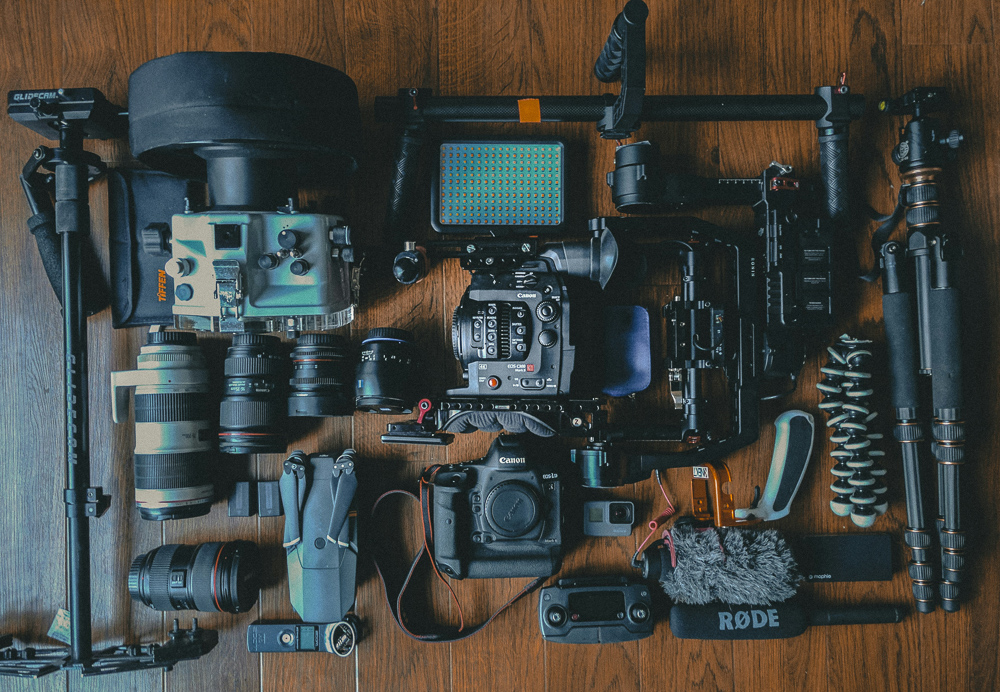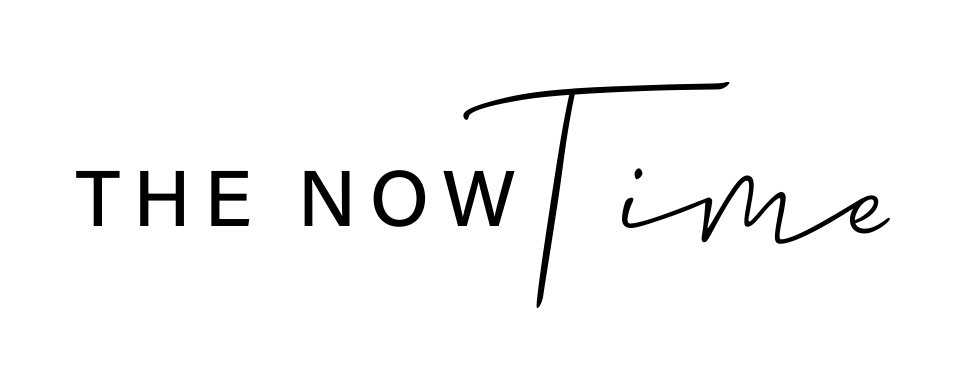WHY PHOTOGRAPHY IS EXPENSIVE
Understanding the Cost of Photography

Photography is often perceived as expensive due to the combination of numerous factors that contribute to the overall costs incurred by professional photographers. These factors range from equipment investments to time commitments and business expenses.
Key takeaway: The cost of photography services is influenced by various elements, which helps clients appreciate the value they receive.
1. Equipment Costs
Professional-grade cameras, lenses, and lighting gear are essential for high-quality photography. Initial investments can exceed £25,000. This is why, usually, to establish yourself as a professional photographer, takes time, months, but realistically, years.
2. Time Commitment
Beyond shooting, photographers invest significant hours in planning, transportation, setup, breakdown, and extensive post-production work.
3. Business Expenses
Running a photography business involves costs such as insurance, marketing, software for invoicing and accounting, and self-employment taxes.
4. Skill Level and Experience
Experienced photographers deliver high-quality images through years of practice and expertise.
5. Market Demand and Unique Services
Photographers charge higher rates for unique creative processes that cater to specific client needs.
6. Usage Rights
Licensing and usage rights for commercial purposes add another layer of cost.
Understanding these factors provides insight into why professional photography carries a seemingly high price tag but also underscores the value delivered. For instance, hiring a London Vacation Photographer or a French Riviera Photographer ensures you receive exceptional quality tailored to your specific needs.

1. Equipment Costs: Investing in Quality Gear
Investing in photography gear is one of the primary reasons behind the perceived high cost of professional photography. To achieve stunning results, photographers rely on a range of essential equipment.
1.1 Cameras
High-quality cameras are at the heart of professional photography. Models like the Canon EOS R5 or Nikon Z7 II can cost thousands of pounds, offering advanced features and superior image quality.
1.2 Lenses
A variety of lenses are required to capture different types of shots, from wide-angle landscapes to detailed portraits. Premium lenses such as the Canon RF 50mm f/1.2L or Sony FE 24-70mm f/2.8 GM can be significant investments.
1.3 Lighting Gear
Proper lighting is crucial for professional photography. Photographers invest in studio lights, softboxes, and portable flashes to ensure perfect illumination in various shooting conditions.
The initial investment in this camera equipment can easily exceed £25,000. This upfront cost is just the beginning; ongoing maintenance and upgrades are necessary to keep the gear in optimal condition and up-to-date with technological advancements.
Photographers also need to consider:
- Maintenance Costs: Regular servicing and repairs to ensure all equipment functions correctly.
- Upgrades: Staying competitive often requires purchasing the latest models and accessories.
Investments in quality gear directly impact the final results delivered to clients, making it a critical component of professional photography services.
For a glimpse into how such investments play out in real-life scenarios, consider exploring stylised wedding photoshoots like this one in London or romantic engagement sessions captured by seasoned photographers such as Ewa’s work.
2. Time Commitment: More Than Just a Photo Session
The photography time investment goes far beyond the moments captured during a session. Pre-production activities play a crucial role in delivering a successful shoot.
1. Planning and transportation logistics
Before the camera starts clicking, photographers invest significant time in planning. This includes scouting locations, coordinating with clients, arranging transportation, and setting up equipment. For instance, planning a rooftop proposal photoshoot demands meticulous preparation to ensure every detail aligns with the client’s vision.
2. The stark contrast between actual sessions and post-production work
Comparing the time spent during actual photo sessions versus post-production work reveals a stark contrast. While a typical session might last an hour or two, the behind-the-scenes work extends much longer:
- Culling images: Photographers sort through hundreds of shots to select the best ones.
- Retouching: Enhancing images involves detailed adjustments, colour correction, and removing imperfections to meet professional standards.
This extensive post-production work is essential to transform raw photographs into polished final products that leave lasting impressions on clients. Clients can explore customer reviews for photography services to understand the value of these efforts.
Each phase of this process requires skill, patience, and dedication. The total hours invested often multiply compared to the actual shoot time, highlighting why professional photography services come at a premium price.

3. Business Expenses: Running a Photography Venture
Running a photography business involves numerous expenses beyond just equipment and time. These business overheads are crucial in ensuring the smooth operation and sustainability of the venture.
Software Costs: Streamlining Operations with Technology
Investing in specialised software tools is essential for managing the financial aspects of a photography business efficiently. Programs for invoicing and accounting streamline operations, allowing photographers to focus more on their creative work rather than administrative tasks. Tools like QuickBooks or FreshBooks help keep track of income, expenses, and tax obligations.
Key Software Investments:
- Invoicing Solutions: Automated invoicing systems ensure timely billing and payment tracking, reducing manual errors.
- Accounting Software: Comprehensive accounting tools aid in managing finances, budgeting, and preparing for tax season.
Using technology to automate these processes not only saves time but also enhances accuracy and professionalism in client interactions.
Self-Employment Taxes: Navigating Financial Responsibilities as a Photographer
Self-employment taxes significantly impact a photographer’s overall income. Unlike traditional employees who have taxes withheld from their paychecks, self-employed photographers must set aside a portion of their earnings for tax obligations themselves. This requires meticulous financial planning to ensure adequate funds are available when tax payments are due.
Financial Considerations:
- Tax Deductions: Understanding allowable deductions can reduce taxable income.
- Quarterly Payments: Setting aside funds for quarterly estimated tax payments prevents large sums being owed at the year’s end.
Balancing these financial responsibilities is critical for maintaining a healthy cash flow in the business.
Understanding these business expenses sheds light on why professional photography is perceived as expensive. These investments ensure high-quality service delivery and long-term sustainability for photographers.
Self-Employment Taxes: Navigating Financial Responsibilities as a Photographer
Running a photography business involves handling various financial responsibilities, and self-employment taxes are a significant part of this. Photographers must allocate funds for tax obligations, which directly impact their overall income.
Key expenses include:
- Insurance Coverage: Essential for protecting equipment and ensuring liability coverage.
- Marketing Efforts: Investing in websites, promotional content, and social media ads to attract clients.
- Software Costs: Utilising specialised tools for invoicing and accounting to streamline operations.
These business overheads contribute to the perceived high cost of professional photography services. Understanding these financial commitments underscores the value provided by experienced photographers.
Check out these stunning examples of professional work by Ewa, a talented London photographer:
Photographers’ expertise and dedication to maintaining high standards ensure clients receive exceptional results worth every penny.
4. Skill Level and Experience: The Value Behind Expertise
Professional vs. Amateur Photographers
When evaluating the cost of photography, one crucial factor to consider is the difference between professional and amateur photographers. Professional photographers have honed their craft over years of practice, investing significant time into developing their skills and expertise. This continuous learning process equips them with the ability to deliver high-quality work consistently.
Amateur photographers, on the other hand, might lack this extensive experience and the refined techniques that seasoned professionals possess. While an amateur might capture decent images, they often fall short in areas such as composition, lighting, and post-processing. Ultimately, the disparity in skill development between professionals and amateurs is reflected in the overall quality of work.
Delivering Consistent Quality: How Experience Shapes Results
Experienced photographers bring a wealth of knowledge to each project, allowing them to adapt to various situations seamlessly. This adaptability ensures that they can handle different lighting conditions, weather changes, and unexpected challenges during a shoot. Their ability to think on their feet and make quick adjustments leads to consistently stunning images that meet clients’ expectations.
For instance, a skilled photographer knows how to use natural light to their advantage or when to employ artificial lighting for optimal results. They understand the nuances of different settings and can guide subjects to achieve the best poses. Such expertise is invaluable in producing high-quality photographs that stand out.
Additionally, experienced photographers have perfected their post-production techniques. From culling through hundreds of images to retouching details meticulously, their proficiency in editing software contributes significantly to the final product’s excellence.
Imagine planning a London elopement; hiring a professional ensures that every moment is captured beautifully London Elopement. Similarly, for family photoshoots at iconic locations like Tower Bridge, an expert photographer’s touch guarantees memorable results Family London Photoshoot at Tower Bridge.
The combination of technical skills, artistic vision, and years of experience enables professional photographers to deliver exceptional quality consistently. Clients can trust these experts to capture moments perfectly aligned with their vision while ensuring every detail is flawless.

5. Market Demand and Unique Services: Standing Out in a Competitive Landscape
Understanding the artistic value in photography is crucial in appreciating why market dynamics influence pricing strategies. Photographers often tailor their services to meet specific client needs—whether it’s a unique style, specialised service, or niche market orientation. This customisation allows photographers to command higher rates, reflecting the distinctiveness and quality of their work.
Building Client Trust Through Credibility and Exceptional Quality Control Measures
Photographers must establish credibility within the industry to justify their pricing. Consistent delivery of high-quality work that aligns with clients’ visions is essential. This credibility not only builds trust but also fosters long-term client relationships, encouraging repeat business and referrals.
- Consistent Quality: Experienced photographers bring an ability to adapt to varying conditions, ensuring that each shoot meets high standards. For example, they may know how to handle tricky lighting situations or capture candid moments that resonate emotionally.
- Client Trust: When clients see a portfolio filled with consistently stunning images, it boosts their confidence in the photographer’s abilities. They are more likely to invest in services that promise reliable and exceptional results.
Photographers who offer unique services can leverage this differentiation to stand out in a crowded market. Specialised services like maternity shoots at iconic locations (e.g., Maternity Photos at Kensington Palace) or anniversary photoshoots by highly skilled professionals (Anniversary Photoshoot London – Fernando) illustrate how photographers can cater to specific client desires while justifying premium prices.
In the competitive landscape of photography, market demand plays a pivotal role in shaping pricing strategies. The ability to deliver exceptional quality consistently while meeting unique client needs sets professional photographers apart, allowing them to maintain higher rates reflective of their expertise and artistry.
6. Usage Rights: Protecting Creativity While Meeting Commercial Needs
Understanding usage rights is crucial when it comes to professional photography. These rights determine how, where, and for how long a photograph can be used. This is especially important for photographers who rely on image licensing as a significant part of their revenue.
Importance of Usage Rights
- Intellectual Property Protection: Usage rights safeguard photographers’ intellectual property, ensuring that their creative work is not exploited without proper compensation.
- Commercial Use Rights: When clients purchase commercial use rights, they are granted permission to use the images for business purposes such as marketing campaigns, websites, or product promotions. This often involves higher fees due to the extended reach and potential profit derived from the images.
Examples of Usage Rights
- Exclusive Rights: The client has sole access to the images, preventing others from using them. This is common in advertising where unique visuals are critical.
- Non-Exclusive Rights: The photographer retains the ability to license the images to multiple clients. This is typically seen in stock photography.
Photographers must clearly outline these terms in their contracts to avoid misunderstandings and ensure fair compensation for their work.
For more insights into professional photography work and image licensing, check out this wedding shoot in Devon by Frances at The Now Time or explore this colourful family photo shoot in South Bank London. These examples illustrate how different projects involve varying usage rights and licensing agreements.
FAQs
Why is photography often perceived as expensive?
Photography costs are influenced by various factors, including equipment investments, time commitments, and the skill level of the photographer. Understanding these elements can help clients appreciate the value they receive from professional photography services.
What essential equipment do professional photographers need?
Professional photographers typically require high-quality cameras, lenses, and lighting gear. The initial investment in this equipment significantly impacts the quality of the final images, and ongoing maintenance and upgrades are also necessary to keep up with industry standards.
What does the time commitment for a photography session entail?
The time commitment involves more than just the photo session itself. It includes pre-production activities such as planning and transportation logistics, as well as extensive post-production work like culling and retouching to enhance the final images.
What are some common business expenses for photographers?
Photographers incur various business expenses, including insurance coverage, marketing efforts, and software costs for invoicing and accounting. Additionally, self-employment taxes can significantly impact their overall income, making it crucial to set aside funds for tax obligations.
How does a photographer’s skill level affect their pricing?
The skill level and experience of a photographer directly influence the quality of their work. Seasoned professionals who have honed their craft over years are able to deliver consistent quality that meets client expectations, which often justifies higher pricing compared to hobbyist photographers.
What are usage rights in photography?
Usage rights refer to the licensing agreements associated with photographs. They are essential for protecting a photographer’s intellectual property while also addressing commercial needs. Understanding these rights ensures that both photographers and clients are aware of how images can be used.
